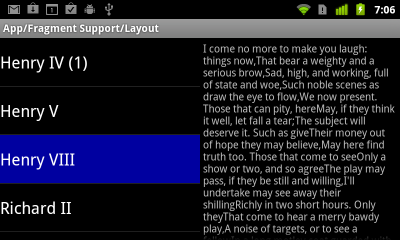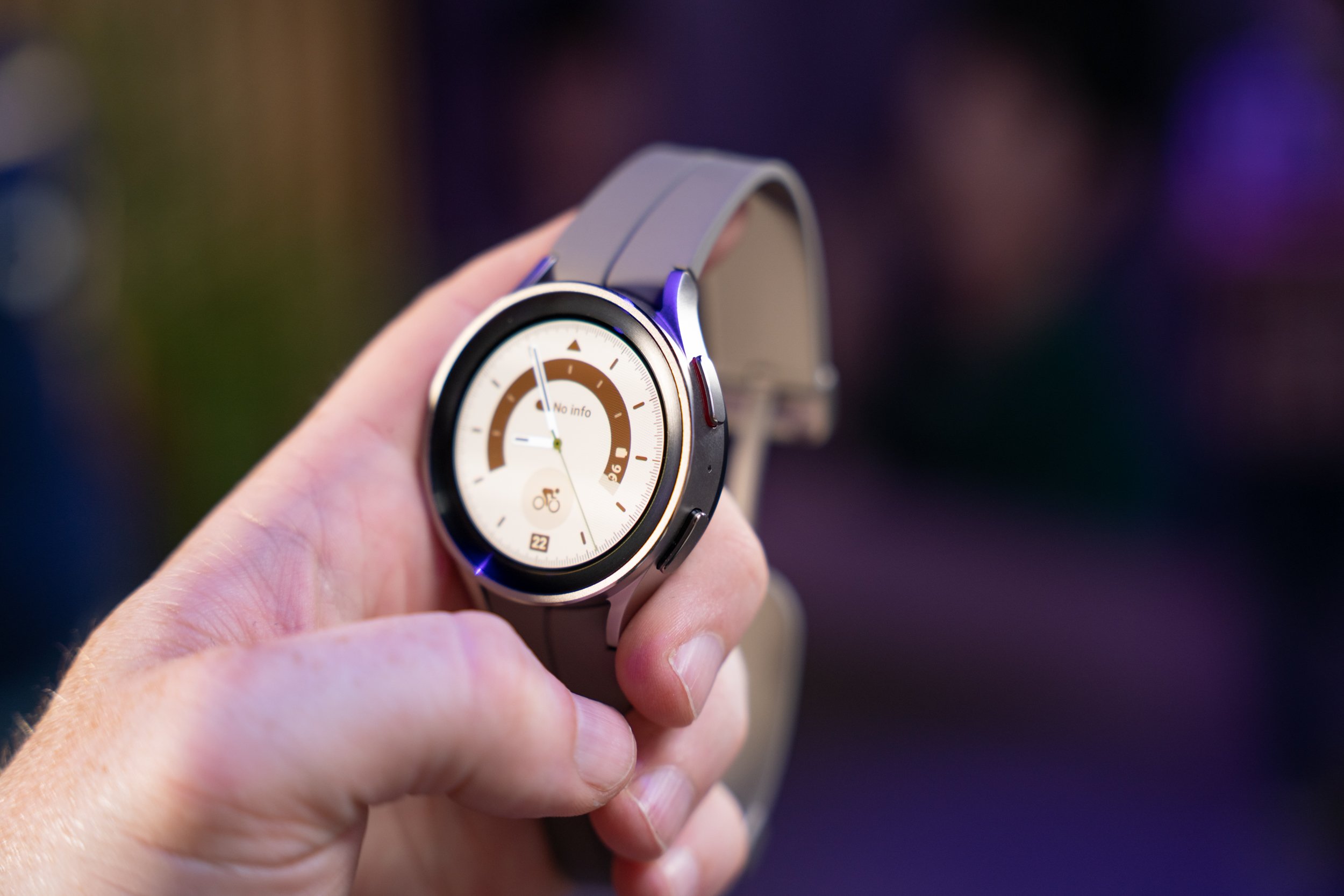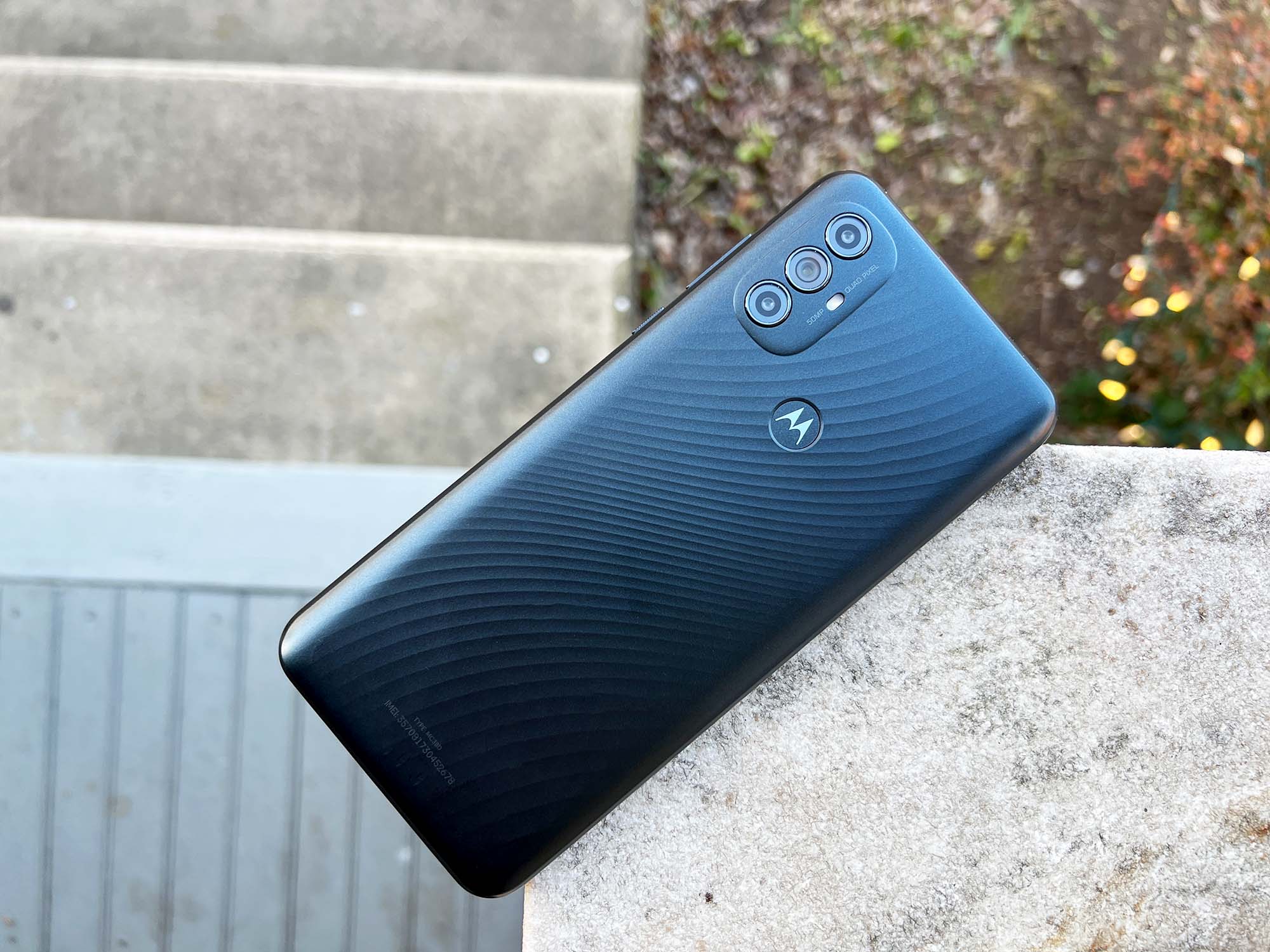
First let’s talk about the obvious. Isn’t it kind of funny that the Android Team, notorious for talking down the issue of fragmentation, would name the functionality for scaling apps between screen sizes the Fragment API? Regardless of whether or not the name admits that Android is a heavily fragmented platform or not, it is the Honeycomb engine that will allow developers to easily scale apps between screen sizes to create a consistent experience across devices.
The Fragment API helps apps adjust their user interfaces not only to screen size, but also in appearance and functionality depending on device. The Android Developers Blog has the down and dirty on it. If you are a developer looking to get your apps on to Honeycomb it’s definitely worth the read.
[via Android Developers Blog]









The interesting part is how they plan to implement the Fragment API all the way down to 1.6. So if you were wondering how some apps built for Honeycomb would be able to run on Smartphones as well, now you know.
Perhaps they are using “fragment API” as a sort of tongue in cheek nomenclature. They seem to have a sense of humor. This, to me, seems like a way to stick it to the man. FWIW this is VERY promising news indeed. Hopefully the fragmentation issues become a thing of the past. The best way to do this is to make a vanilla android that is good enough WITHOUT carrier and/or manufacturer addons to fill in the gaps. Make people ONLY want vanilla, and the market will sort out the rest ;)
^ Yay, more nexus’
Clearly it was named such to silence the idiots spouting off at the mouth with no knowledge of Android. Now when stupid people talk about fragmentation they will make fools of themselves, as fragmentation is what allows android tablets to not be oversized phones, unlike other stretched out operating systems.
Fragmentation is a core part of the two best mobile OS’s, just look at all the fragmentation still present in iOS in 2011: http://dailyator.com/wp-content/plugins/wp-o-matic/cache/172f1_ios_distro_bump_specific_jan2011-642×472.png
WHAT ANDROID NEED TO DO IS TAKE OVER UPDATES SEND UPDATES TO EVERYPHONE!!! PROBLEM SOLVE!!! THAT WILL EQUAL MORE GAMES MORE APPS
Its not that easy JR… manufacturers have to put in all their hardware-specific hooks…. I would love to see some kind of hardware “firmware” layer standardized that would make it that easy though.
So now when people say Android is fragmented, you can say yes isn’t it great !
Agreed, Scott. The OS doesn’t cover the hardware. That’s where drivers come in, and every manufacturer is expected to provide their own drivers to make the OS work. Same thing with Windows, another platform agnostic OS. However, instead of Windows based drivers (that didn’t work for every version of Windows, you may remember), these are Android Linux bases drivers, which, again, don’t work on every version of Android. The biggest difference is that Desktops and Laptops came with CD’s that had the drivers on them, which made set-up possible. Our poor Android phones just don’t have a CD reader!
“Fragmentation for all!” doesn’t address all the additions to Android between 1.6 and 2.3, so I don’t see how it makes any existing issues a thing of the past. Moreover, it’s only described as a “plan” right now, something they’re “trying” to do, so it’s definitely not a sure thing. All that said, I think the existing “fragmentation” problem is still way overblown. Most phones run most apps today, and the situation has improved significantly over the last year or so. Hopefully, the fragments plan will work out and prevent developers from needing to maintain separate pre-Honeycomb versions of their apps until Android 2.x fades from the rearview mirror.
.
One very interesting aspect of the fragments article hasn’t been noted yet: all of the screen captures show fragments in a traditional Anddroid phone UI, not the fancy new tablet look. I think this is the most clear indication yet that Honeycomb will also go to phones or, at least, will be the basis of the next version for phones. It’s not the beginning of separate phone and tablet versions of Android.
And we now start another year of new android models coming out to further entangle the fragmented mess before it is solved… Any sign of Netflix google? My windows mobile friends are mocking. Can we play cool graphics intensive games yet google? Is there any value in the evo 4g price?